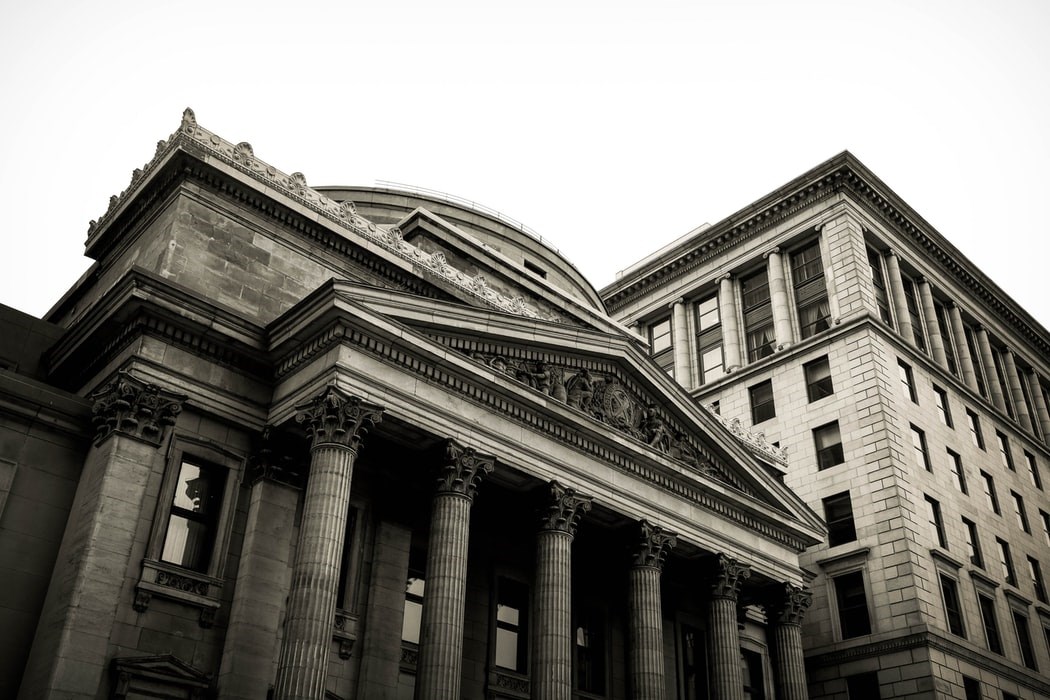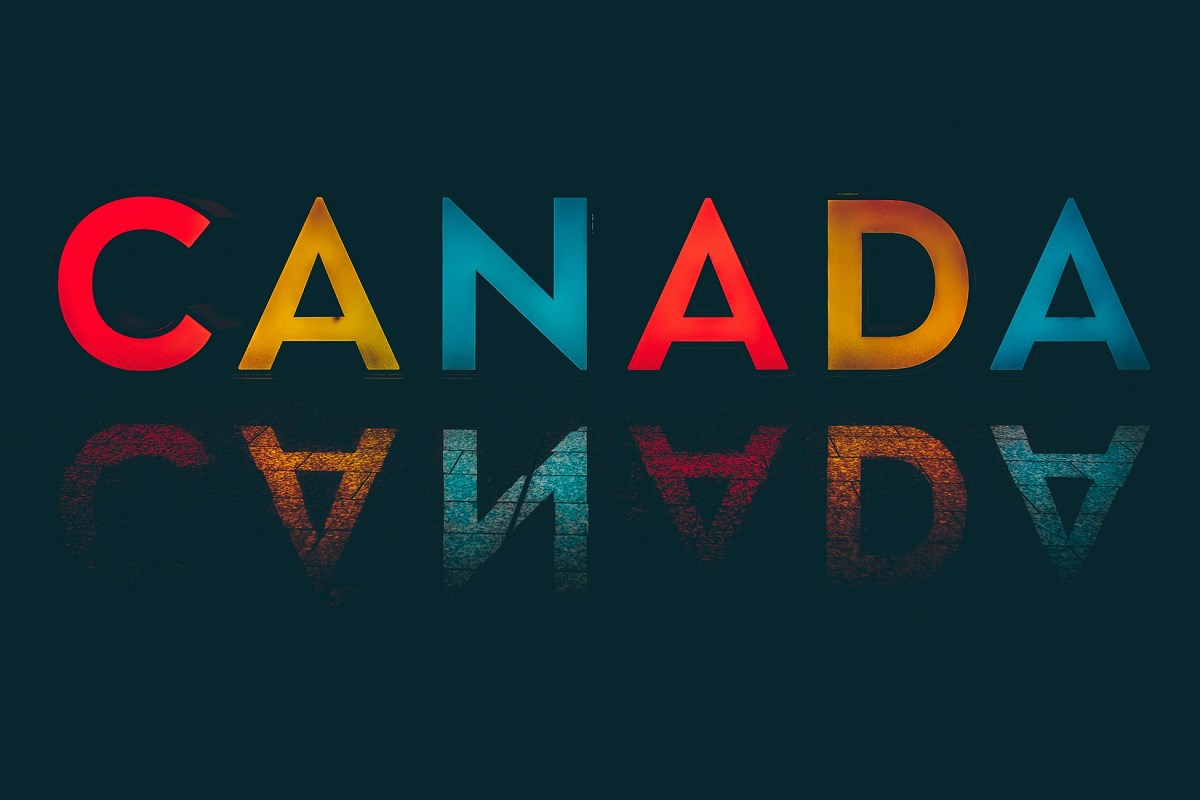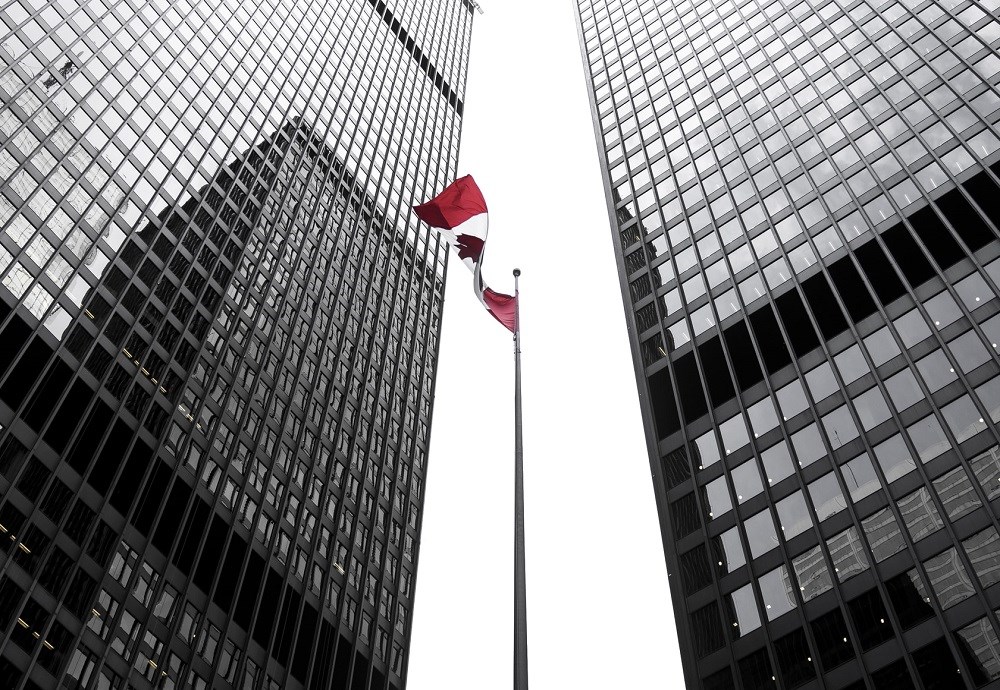
Fixed income markets are in a nervous state owing to the impending interest rate hikes by central banks that will be implemented in response to escalating inflation. And while corporate bonds have suffered more so than government securities, veteran fixed income manager Patrick O’Toole argues that the concerns are overdone and that patient investors will be rewarded.
But O’Toole adds that he and his team have not been adding corporate bonds or longer-term bonds at these levels as of yet. That is mainly due to the uncertainty surrounding the Russian/Ukraine war, which is now into its third week, as well as the continued pressures on inflation that has occurred. “We are awaiting some stability in credit spreads from the U.S. first, which we would expect would then be followed in Canada. The pressure on the Federal Reserve and Bank of Canada to raise rates more aggressively due to rising inflationary pressures also leaves us more patient to add longer-term bonds at this time, although yields are nearing the top of our expected trading range. While we are unlikely to catch the peak in yields, when we do add more longer-term bonds, we are comfortable awaiting evidence that the bond market selloff has run its course. Given the extent of the selloff year-to-date, that time is getting closer.”
“We did expect that inflation would be more problematic than the consensus in the second half of 2021, although we didn’t see it as strong as it was,” says O’Toole, vice-president, global fixed income, at Toronto-based CIBC Asset Management Inc., and lead manager of the $5.7 billion 4-star neutral-rated Renaissance Corporate Bond Cl F. “We were reducing risk last year, given that credit spreads were pretty low. We are now starting to see that credit spreads are more attractive again. The downturn has been significant enough that it’s in the zone of the 10 to 15 worst bear markets we have seen in Canada since the 1950s.”
In O’Toole’s view the market is at a stage when investors could be adding bonds and portfolio managers could be looking at buying more longer-term bonds again. “We don’t think there will be a repeat of 2021, which posted negative returns, in the cards for 2022.”
Downturn Won’t be Prolonged
A 33-year industry veteran who joined CIBC in 2004 and is part of a 28-person team that oversees $85 billion in fixed income assets, O’Toole does not believe the downturn will be prolonged. Indeed, the low point could be late this quarter or early the next quarter.
“The market is pricing in a lot of bad news on the inflation front. It has priced in six and seven rate hikes for the Federal Reserve and Bank of Canada, respectively. We are more of the view that we will see half that many hikes from the Fed and the Bank of Canada. We believe that growth will slow, and inflation will fall as well as we get past the next couple of months.”
Inflation hit 7% in the U.S. in January, and 5% in Canada, which O’Toole describes as “multi-decade highs.” Nevertheless, he maintains that “it’s almost a given that inflation will be moving lower in the second half of the year. The large monthly inflation numbers we saw in the first half of 2021 will be falling out of the yearly calculation as we move forward. That means inflation should move lower as the year drags on.” While he does not expect inflation to move back quickly to the 2% target used by both central banks, he does anticipate considerably lower inflation numbers by year end, and envisages a high two per cent figure for Canada and low three’s for the U.S.
The Three Ds: Debt, Demographics, Disinflation
O’Toole observes that the period between the 2008-09 financial crisis and pre-COVID in late 2019 was an era of relatively low growth and inflation. “I call it as a period when the triple D’s were dominating: excessive debt, demographics and disinflation from globalization and technological innovation. Those Three D’s have not gone away and will be the big drivers for growth for the balance of the decade and once we get through the next year or so. Inflation will be above the central banks’ target for 2022. But we should start to see the Three D’s re-assert themselves and help drive GDP and inflation back to below the 2% trend levels longer term. It’s just hard to fight those longer-term fundamental forces.”
Investors who stay the course will be rewarded. “It’s not timing the market that matters, but time in the market. Investors should hang in there. Usually it pays off to take a longer-term view. The benchmark 10-year government of Canada yield has gone up 75 basis points. That means bonds have gone on sale. When the stock market falls, people rush to buy the dip, as it’s called, because stocks are on sale. When bond yields rise, people get jittery. But it does happen.” He adds that fixed income bear markets last about two to three quarters and one has to be very lucky to time one’s exit and re-entry. “You have to be very lucky in your timing because recoveries happen even faster than sell-offs.”
Bonds to Buy?
From a strategic viewpoint, O’Toole has allocated about 80% in investment-grade corporate bonds (split between a mix of A-to-AAA rated bonds and BBB-rated bonds) and 19% in high-yield (which are rated from BB and lower). From a sector perspective, there is 17% in financials (versus 29% in the benchmark), 33 % energy (versus 22% in the benchmark), 14% industrials (2% underweighted) and 10% real estate (versus 5% for the benchmark). On a geographic basis, there is 86% in Canadian securities and 14% in the U.S. The fund has a running yield of 2.8% before fees.
The portfolio construction process starts with a top-down view on the economy and how the team expects central banks will respond to the impact of inflation. From there it’s a matter of security selection and O’Toole and his team determine which sectors may do well and which might struggle. “We like the energy sector because it has good free cash flow generation. Real estate got pretty beaten up and there are some attractive bonds in that space.”
Running a portfolio with about 500 individual securities, from about 200 issuers, O’Toole cites Athene Holding Ltd. (ATH), a U.S.-based firm which provides retirement income and annuity protection products. It is represented by a 2028-dated investment-grade bond that is rated A-plus by Standard & Poor’s and yields 3.4%, for a spread of 160 bps over similarly-dated government bonds. “It’s a high quality Maple issue,” says O’Toole, referring to U.S. corporate bonds that are denominated in Canadian dollars. “It has strong regulatory capital and solid leverage metrics.”
Another pick is Albertsons Companies Inc. (ACI), a leading U.S. supermarket chain that operates over 2200 stores across 34 states. It is represented by a high-yield bond that matures in 2030 and has a yield of slightly below 5%, or a spread of 300 bps. The bond is rated BB by Standard & Poor’s. “It’s going through a transformation that includes significant investments in technology, which will drive market share gains,” says O’Toole. “We think an improving credit profile should lead to improvements in bond ratings. That means higher bond prices and tighter credit spreads—and attracting more buyers of its bonds.”



















